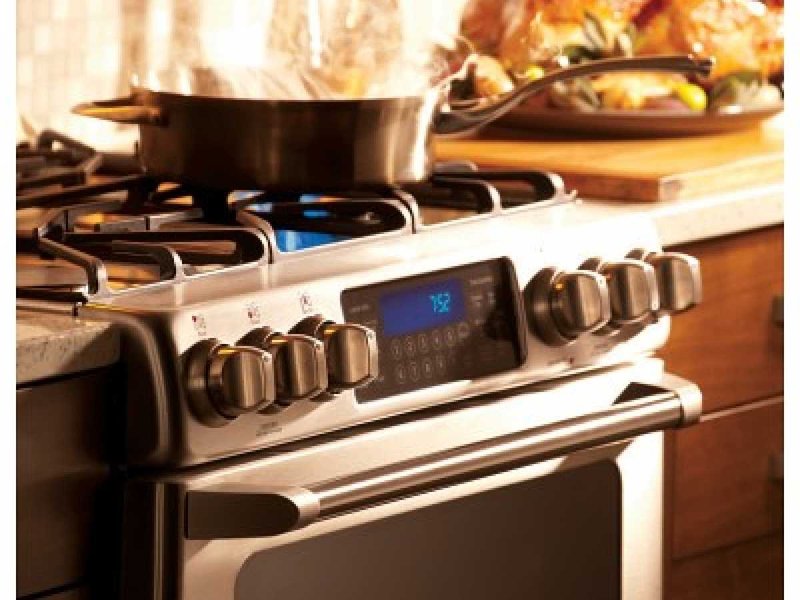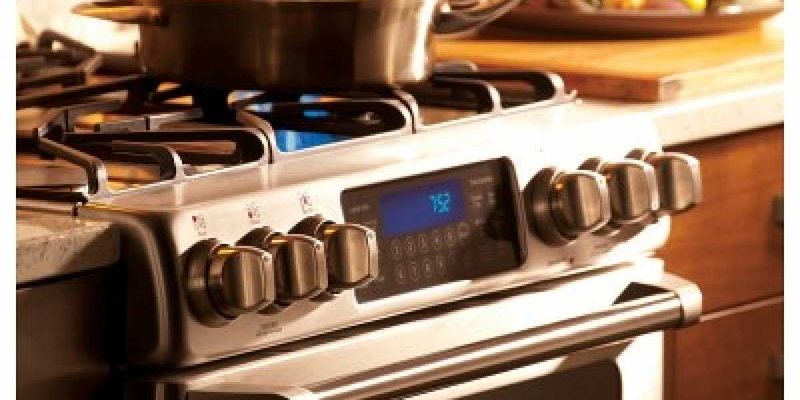
At its core, the OE error code on a GE oven is an indication that the oven is experiencing an “open thermal sensor” issue. In simpler terms, think of the thermal sensor as the oven’s internal thermometer. It’s supposed to keep an eye on the temperature inside the oven, much like how you might check a baby’s bathwater with your hand to make sure it’s not too hot or too cold. When the oven’s thermal sensor doesn’t seem to be working, it can’t tell if the temperature is right, which triggers the OE error code.
Understanding the Thermal Sensor Problem
The thermal sensor plays a crucial role in the proper functioning of your GE oven. It’s a small device inside the oven that monitors and regulates the temperature, ensuring everything you cook comes out perfectly. Imagine trying to bake a cake without knowing what temperature your oven is at; it could either end up undercooked or burnt. That’s where the thermal sensor steps in — keeping everything at the perfect temperature.
When you see the OE error code, it’s a sign that this sensor might not be working correctly. This malfunction could arise from a few different issues. The sensor could be faulty due to wear and tear, just like how a well-used pair of shoes eventually gets a hole. Or, there might be a loose connection, similar to a lightbulb flickering because it’s not screwed in tightly. In some cases, the wiring leading to the sensor might be damaged, much like a frayed phone charger that stops working intermittently.
It’s important to address this issue promptly. A non-functioning thermal sensor could lead to uneven cooking, or in worst-case scenarios, it could even prevent the oven from heating up at all. The good news is, once you understand the root cause, it’s quite manageable. In most cases, replacing the sensor or repairing the wiring can resolve the issue and get your cooking back on track.
Checking and Repairing the Sensor
So, how do you check if the sensor is the culprit behind the OE error code? First, always begin by ensuring safety. Turn off the power to your oven to prevent any electrical mishaps. Once that’s done, you can access the sensor, which is often located at the back of the oven’s interior. You might need to remove some panels to get to it, but don’t worry — this is similar to taking off a watch back to change its battery.
With the sensor exposed, use a multimeter, a handy device that measures electrical resistance, to check if the sensor is functioning correctly. Think of it as a doctor using a stethoscope to check your heartbeat. If the multimeter shows that the sensor is not conducting electricity properly, it’s likely faulty. In such cases, replacing the sensor should solve the problem. Replacement sensors are relatively inexpensive and can be found through appliance parts retailers.
However, if the sensor seems fine, the issue might be with the wiring or connections. Look for any signs of damage like burnt marks or loose wires. If wires are disconnected, reconnect them carefully or consider having a professional do it to ensure everything is secure.
Once repairs or replacements are made, restore power to your oven and see if the OE error code has vanished. If everything heats up as expected, you’ve successfully resolved the issue.
Preventing Future OE Error Codes
Once you’ve tackled the OE error code, it’s wise to consider steps to prevent it from cropping up again. Routine maintenance can go a long way in keeping your GE oven in peak condition. Just like you might take your car in for regular oil changes, your oven benefits from periodic check-ups.
First, keep your oven clean. Grease and grime can build up and affect the internal components, including the sensor. Regularly wipe down your oven’s interior and ensure vents and fans are free of debris. Additionally, consider occasionally checking the sensor and wiring for any visible wear and tear, even if the oven is functioning correctly. Early detection of potential issues can save you from unexpected interruptions.
Moreover, be gentle with your appliance. Avoid slamming doors or using harsh cleaning chemicals that could deteriorate parts prematurely. Treat your oven with care, and it’s likely to run smoothly for many years.
Ultimately, understanding and addressing the OE error code is relatively straightforward with a bit of patience and care. By taking proactive steps in maintenance, you’ll not only ensure delicious, evenly-cooked meals but also extend the life of your trusty kitchen companion.
